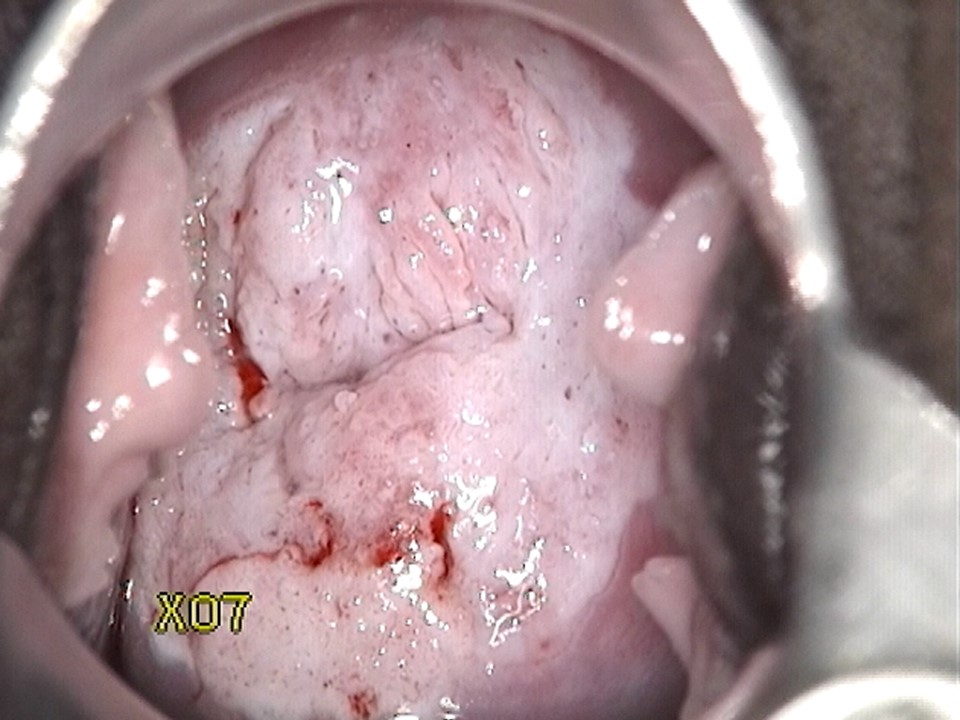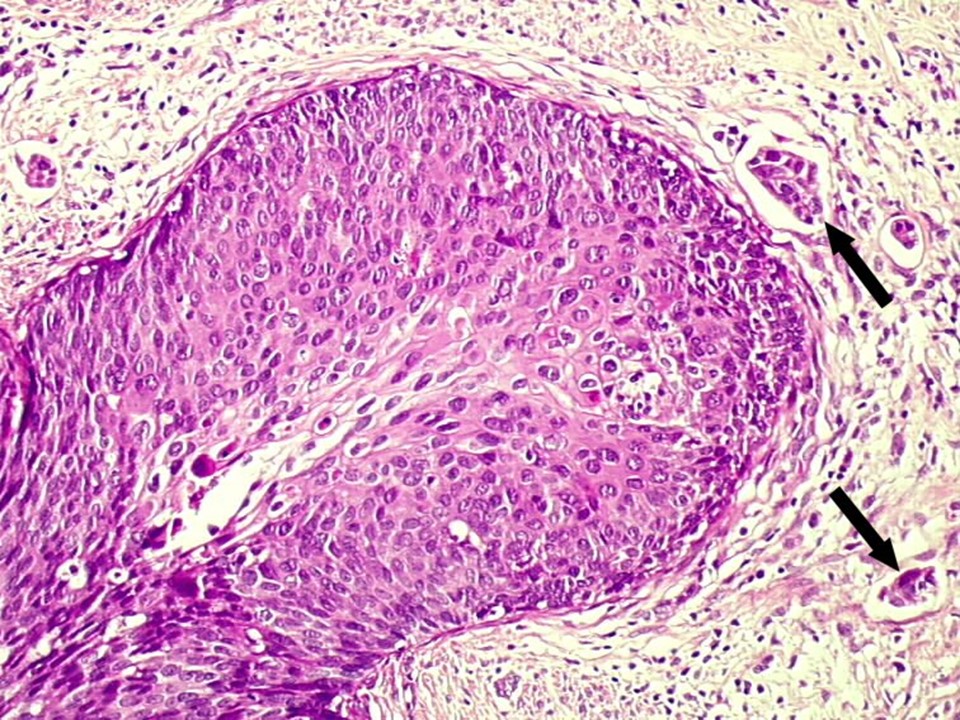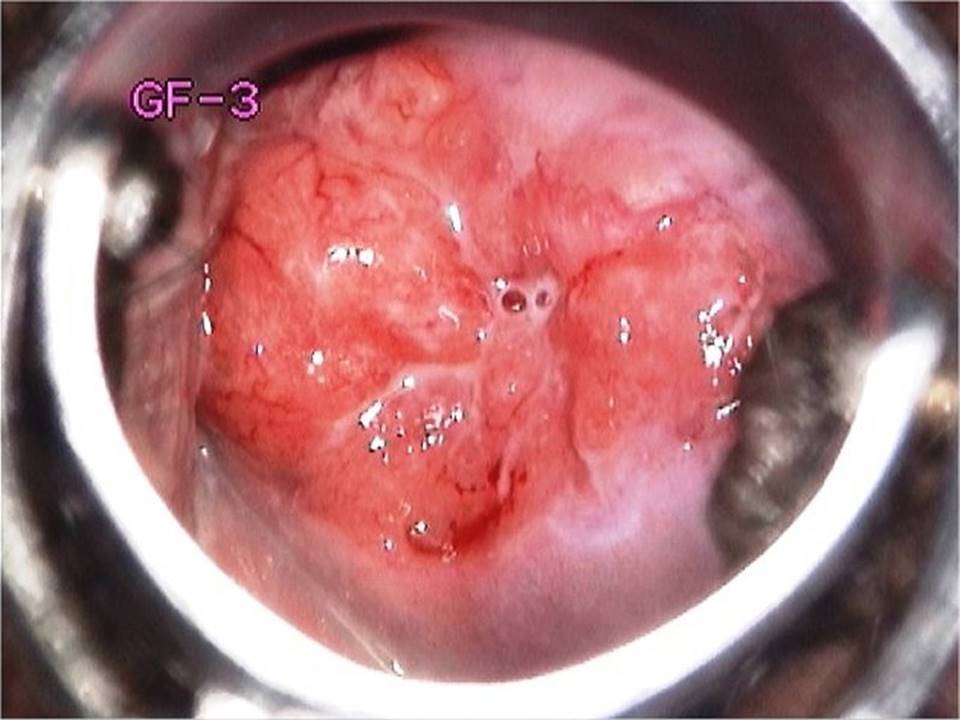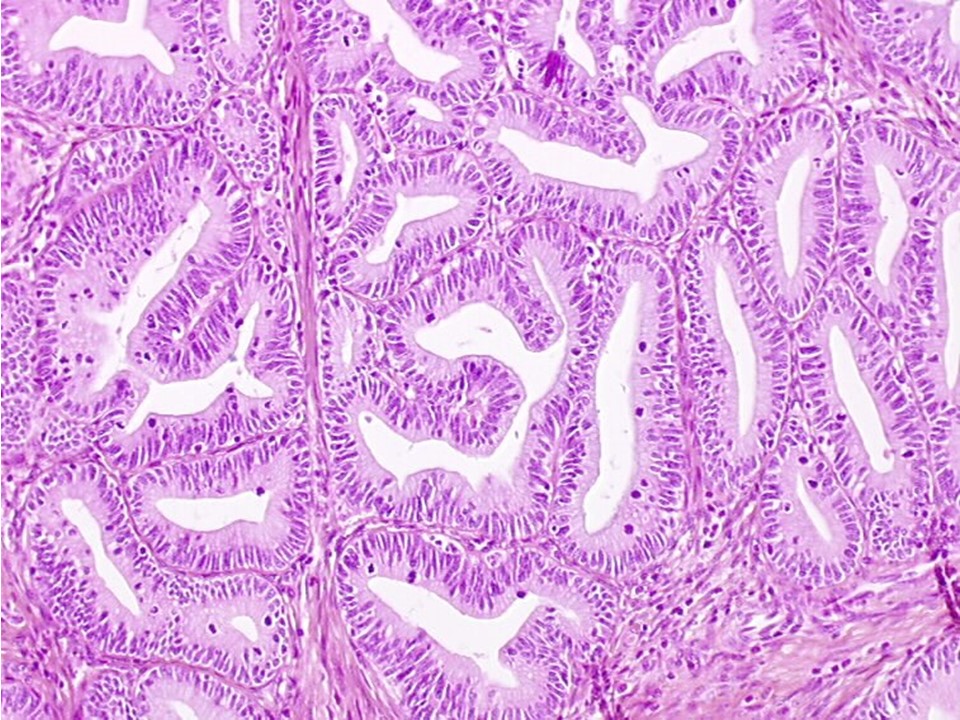Introduction
Different approaches to screening and treatment of cervical precancer
Anatomical considerations
Physiological changes of the cervical epithelium
Neoplastic changes of the cervical epithelium
HPV tests – Variation between tests
Instruments, consumables, and setup required
Procedure to collect samples for HPV testing
Interpretation of HPV test results
Management of women with a positive HPV test result
Treatment of cervical intraepithelial neoplasia – principles
Steps to determine eligibility for ablative treatment
Role of Lugol’s iodine in identifying the transformation zone for treatment
Treatment by cryotherapy
Treatment by thermal ablation
Using an HPV test as the test of cure in women treated for cervical abnormalities or cervical intraepithelial neoplasia (CIN)
Infection prevention
Case studies
VIA triage outcome (applicable in screen-and-treat setting only) – negative cases
VIA triage outcome – positive cases
VIA triage outcome – suspicious of cancer cases
Foreword
Acknowledgement
Authors
Suggested citation
Copyright
Home / Training / Manuals / Using HPV tests for cervical cancer screening and managing HPV-positive women – a practical online guide / Learning
Using HPV tests for cervical cancer screening and managing HPV-positive women – a practical online guide
Filter by language: English / Français / EspañolNeoplastic changes of the cervical epithelium – Cervical cancers | Click on the pictures to magnify and display the legends |
In CIN and AIS, the disease is confined to the epithelium only. In contrast, in invasive cervical cancers, the proliferating abnormal epithelial cells invade into the cervical stroma initially and may later spread to distant organs, a phenomenon known as metastasis. Most cervical cancers (80–90%) originate from the squamous cells and are known as squamous cell carcinomas. Adenocarcinomas arise from the columnar cells and make up approximately 10–15% of cervical cancers. Depending on the extent of the disease, cervical cancers are staged into stages I (the earliest stage, with disease confined to the cervix only) to IV (most advanced disease, with metastasis to other organs).
Treatment of invasive cancer depends on the stage of the disease. Whereas early-stage cancer is treated with surgery only, more advanced cancer requires treatment with a combination of chemotherapy and radiation therapy. Treatment with surgery is simpler than treatment with radiation and chemotherapy, and patients have fewer complications and a much better quality of life. Unfortunately, in most low- and middle-income countries more than 80% of patients are diagnosed at a stage when surgery is no longer feasible. It is possible to detect the precancers more objectively when screening is done with an HPV test. The next section describes different HPV tests. |
IARC, 150 Cours Albert Thomas, 69372 Lyon CEDEX 08, France - Tel: +33 (0)4 72 73 84 85 - Fax: +33 (0)4 72 73 85 75
© IARC 2025 - All Rights Reserved.
© IARC 2025 - All Rights Reserved.







